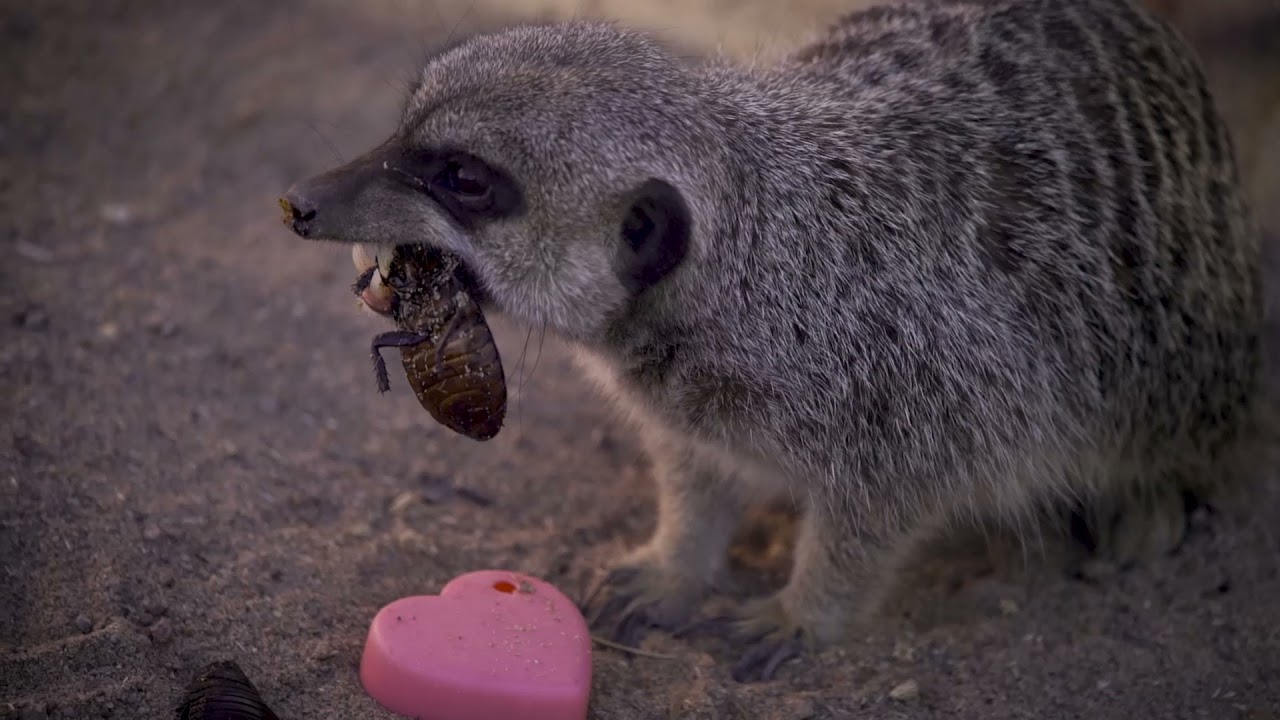- Meerkat Social Structure and Behavior
- Zoo Management and Enclosure Design for Meerkats
- The Role of Meerkats in Ecosystem Balance
- Conservation Challenges and Strategies for Meerkats
- Educational Initiatives and Public Engagement in Meerkat Awareness
Meerkat Social Structure and Behavior
Meerkats are a fascinating species, renowned for their highly social and cooperative living arrangements. They inhabit the arid regions of southern Africa, where their intricate social structures offer substantial benefits for survival. The social organization of meerkats centers around their living in large groups called mobs, gangs, or clans, which can consist of up to 50 members, although smaller groups are more typical. This structure is dominated by an alpha pair, usually the only breeding pair in the group, while other adults typically assist with raising young, foraging, and vigilant sentry duties.
The division of labor within a meerkat group is essential for their survival in the harsh environments they inhabit. Meerkats have a unique yet efficient system for guarding against predators. By designating lookouts, who stand in elevated positions to spot danger while the rest forage, they reduce the risks from their natural predators such as eagles, jackals, and snakes. Vocal communication plays a critical role in their interactions, with a repertoire of calls to signal different types of threats. Additionally, alloparenting, where non-breeding individuals help care for the pups, strengthens social bonds and enhances the group’s survival rate.
Zoo Management and Enclosure Design for Meerkats
Caring for meerkats in captivity requires careful attention to their social and environmental needs to maintain their well-being and encourage natural behaviors. Zoos must provide enclosures that mimic the meerkats’ wild habitat, incorporating sandy substrates for digging and a complex layout with varied topography to allow for natural surveillance behaviors. The design must offer an abundance of hiding, climbing, and resting areas to promote physical activity and mental stimulation. This enriches the environment, encouraging behaviors that meerkats display in the wild.
Proper temperature regulation is crucial, as meerkats are accustomed to desert environments with significant daily temperature fluctuations. Enclosures should have basking areas in direct sunlight and cooler, shaded areas for relief. Additionally, providing meerkats with opportunities for problem-solving and social play is vital. This is often achieved through enrichment activities that encourage foraging and social interaction, such as scattering food to mimic hunting tasks.
The Role of Meerkats in Ecosystem Balance
In their natural habitat, meerkats serve pivotal roles in maintaining ecological balance. Their diet, primarily composed of insects, spiders, and small vertebrates, helps regulate arthropod populations. This insectivorous diet aids in keeping pest populations under control, which can be beneficial to agriculture in regions where human activities overlap with meerkat habitats.
Meerkats also contribute to the health of the soil. As prolific diggers, their burrowing activities aerate the soil, which enhances its fertility and promotes plant growth. This behavior can indirectly benefit other species and contribute to a more robust ecosystem. Furthermore, by using abandoned burrows of other animals or digging their own, meerkats increase habitat opportunities for various invertebrates and small mammals.
Conservation Challenges and Strategies for Meerkats
Despite not currently being listed as endangered, meerkats face threats from habitat destruction, climate change, and human-wildlife conflict. As human settlements expand, the resultant land conversion for agriculture and urban development reduces the habitats available to meerkats. Climate change further exacerbates these threats by altering weather patterns, affecting food availability, and increasing the frequency of harsh environmental conditions.
Addressing these challenges requires comprehensive conservation strategies. Habitat conservation and restoration efforts can safeguard vital regions for meerkats and other indigenous wildlife. Implementing sustainable agriculture practices around meerkat territories can mitigate habitat loss while fostering coexistence with human populations. Monitoring meerkat populations and health through data-driven research ensures informed conservation policies and effective management practices.
Educational Initiatives and Public Engagement in Meerkat Awareness
Promoting awareness and understanding of meerkats is critical for their conservation. Zoos and wildlife parks play a crucial role in this through educational programs that highlight the ecological importance of meerkats and the challenges they face. Interactive exhibits and live demonstrations of meerkat behaviors can inspire a deeper appreciation and commitment to conservation efforts among visitors.
Engagement strategies might also include digital media and virtual experiences that allow a broader audience to connect with meerkats, bringing valuable information to people who may never have the chance to visit them in person. Furthermore, community outreach initiatives that work with local schools and organizations can broaden public support for conservation actions, creating a more informed and active stewardship for meerkats.
These concerted efforts in education and engagement help fuel the broader discourse on preserving biodiversity, fostering a culture of respect and responsibility toward wildlife conservation worldwide.
*****
Source Description
Our meerkat mob enjoys eating some of your ex relationships!
A-F names are displayed at the end. Please note that overly specific names, vulgarity, or anything else deemed inappropriate will not be displayed.


